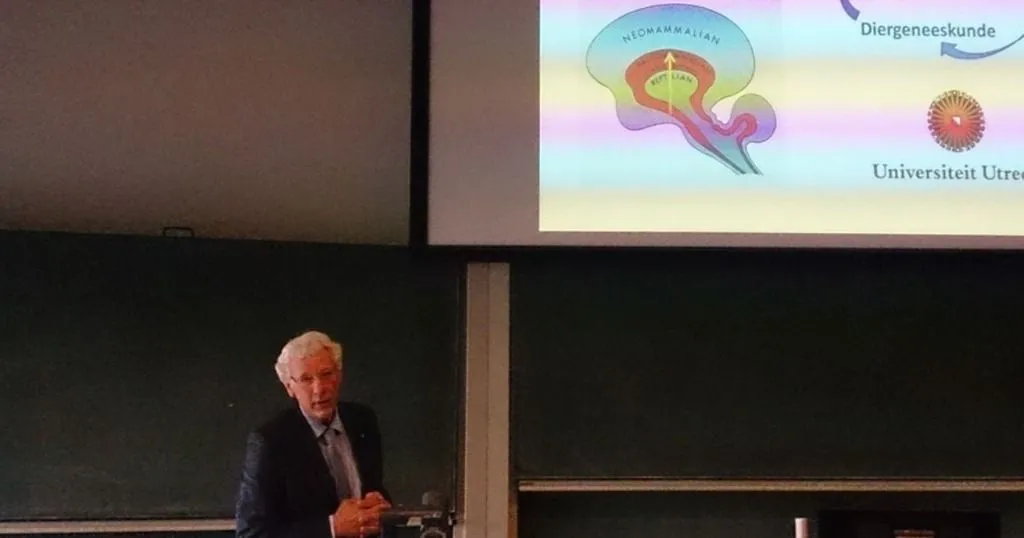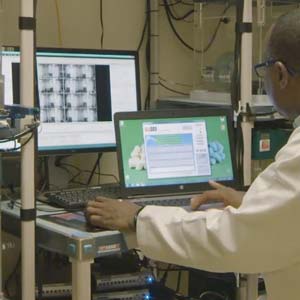Ticking clocks – tides and activity peaks in American horseshoe crabs
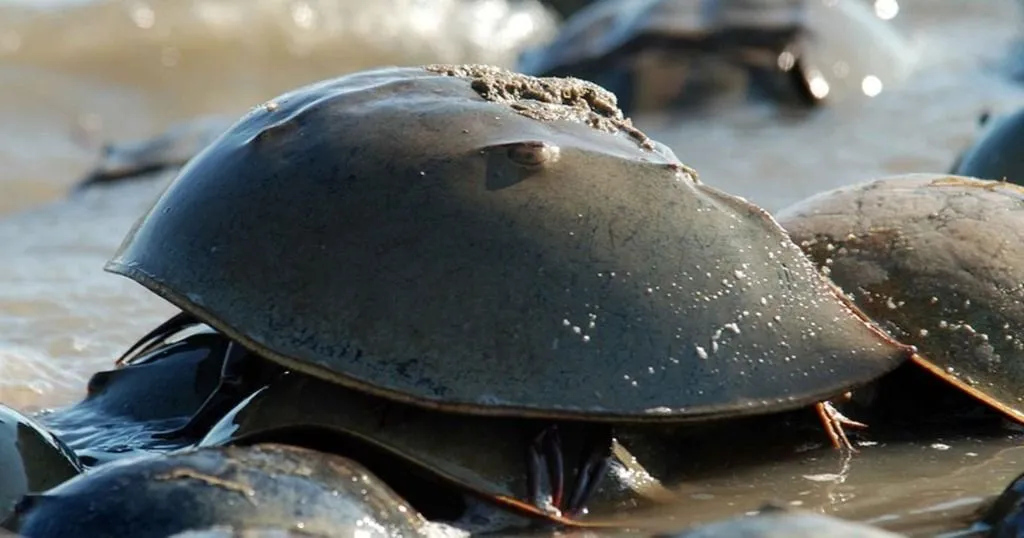
Recently, I came across an interesting paper in which American horseshoe crabs were video-tracked to investigate their internal clocks.
Posted by
Published on
Thu 18 May. 2017
Topics
| EthoVision XT | Video Tracking |
Video tracking crustaceans
In a previous blog post I wrote about the resemblance between crustaceans and vertebrates. In a setup that very much resembled the Elevated Plus Maze for rodents, crayfish behavior was analyzed with EthoVision XT video tracking software. Recently, I came across another interesting paper in which crustaceans were tracked with EthoVision XT. The authors studied the behavior of American horsehoe crabs. They were interested in the animals’ internal clocks, which regulate the crabs’ daily activity.
Tides and activity
American horseshoe crabs live in environments in which the water level varies due to tides. The crabs have synchronized their behavior with these tides. Their main activity takes place when the water level is high [1,2].
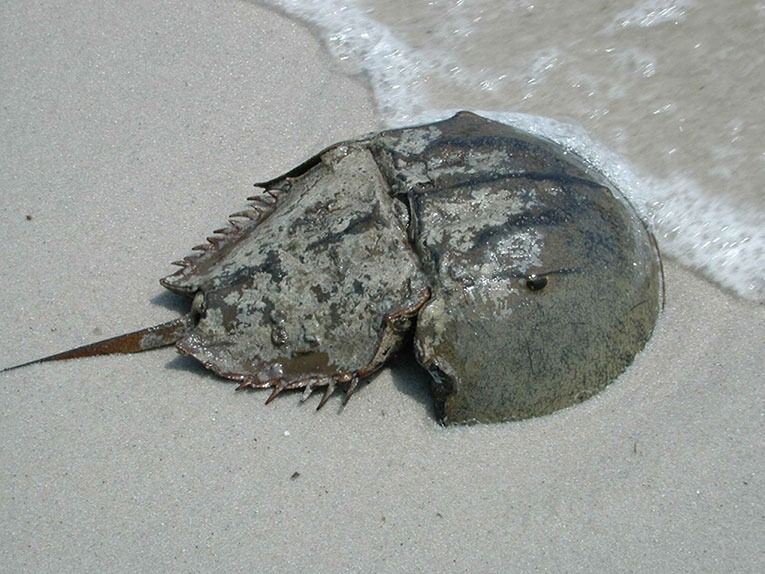
Tides and crab activity peaks vary
Most coastal areas have two high tides a day. In such areas the crabs have two activity peaks per day. However, there are also areas where one of the two tides is much more pronounced than the other. This is for example the case for the Gulf of Florida. Crabs from this region have one main activity peak. There are also areas with small irregular tides, which are mostly driven by the weather. This is the case for the Indian River Lagoon in Florida. Crabs from this region have irregular activity patterns that follow the higher water levels.
Investigating the cause of activity peaks
Rebecca Anderson and colleagues [3] investigated whether the crab activity peaks are triggered by the environment, or are caused by an endogenous clock. They collected crabs from several sites, either with two high tides per day, one main tidal peak per day, or small irregular weather driven tides. They exposed the crabs to a series of different tidal regimes and measured the crab activity peaks. The authors used EthoVision XT video tracking software to automatically determine the crab behavior.
Plasticity depends on predictability
The crabs from the region with two tides per day continued to show two activity peaks, independent of the tidal regime to which they were exposed. Likewise, the crabs from the region with one dominant tidal peak continued to show one daily activity peak during all tidal regimes. However, the crabs from the region with irregular weather driven tides were plastic in their activity. When they were exposed to two daily high tides, they had two activity peaks and when they were exposed to one daily high tide, they had one activity peak.
Ticking clocks
The authors conclude that the crabs from the regions with clear, predictable tides have an endogenous clock that regulates their activity. In contrast to this, the crabs from the region with unpredictable tides are able to adjust their activity peak to new tidal regimes. So all crabs have ticking clocks, but these are not set in the same way. The crabs from the regions with predictable tides have endogenous clocks. The crabs from the unpredictable region have clocks that are set with an external trigger, which is the current tidal regime.
References
- Brockmann HJ, Johnson SL (2011) A long-term study of horseshoe crabs in Florida. Estuaries Coasts 34: 1049–1069. doi:10.1007/s12237-011-9419-1
- Watson WH III, Chabot CC (2010) High resolution tracking of adult horseshoe crabs Limulus polyphemus in a New Hampshire estuary using fixed array ultrasonic telemetry. Curr Zool 56: 599–610
- Anderson, R.L., Watson, W.H. & Chabot, C.C. Mar Biol (2017) 164: 63. doi:10.1007/s00227-017-3098-9
Related Posts

Mimicking human decision-making in a mouse model
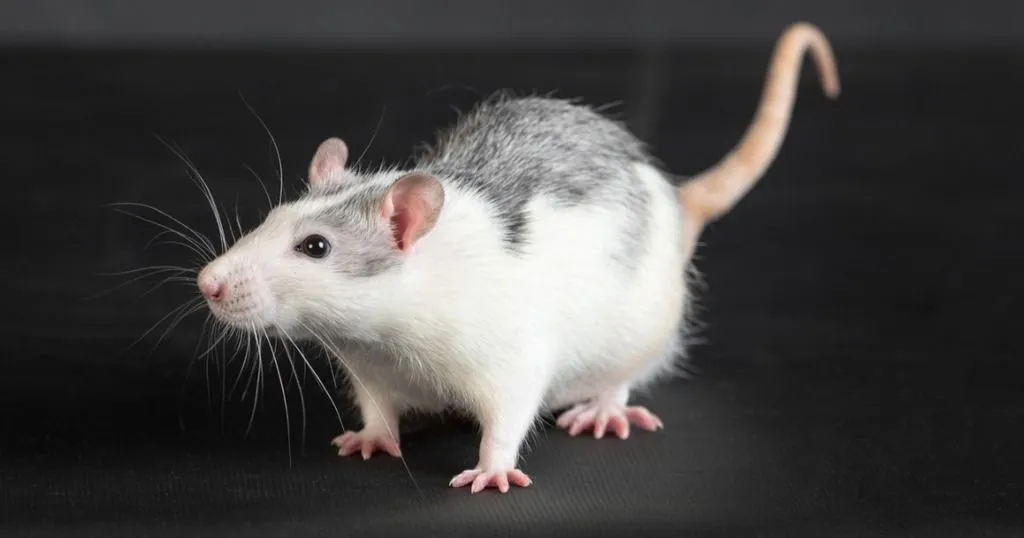
How sleep heals the brain
